In December 1792, a 46-year-old French botanist named André Michaux arrived in Philadelphia to visit with some of the city’s most influential citizens.
Michaux had spent much of his adult life sloshing across muddy rivers and hacking through mosquito-infested forests. But he could clean up and turn on the charm when it suited his purposes, as it did when he paid a call on Benjamin Rush, the physician and signer of the Declaration of Independence, and Rush’s colleague Benjamin Barton, a well-known naturalist.
Both men belonged to the American Philosophical Society, the nation’s foremost scientific organization, which had been founded 50 years earlier to promote “useful knowledge.” Michaux, the educated son of a farmer, told Barton that it would be useful for the United States to have “geographical knowledge of the country west of the Mississippi.” His words were dry, but the idea was explosive: He wanted to transform the American continent, and with it his own reputation, by becoming the first explorer to forge a path to the Pacific.
Barton relayed Michaux’s idea to the society’s vice president, Thomas Jefferson, who also happened to be the U.S. secretary of state. Jefferson’s obsession with the frontier west of the Mississippi River was well known. His library at Monticello had more books about it than anywhere else on earth, filling his head with visions of woolly mammoths and purple volcanoes. More important, he viewed uniting the ends of the continent as destiny—a prerequisite for creating an American “Empire of Liberty.”
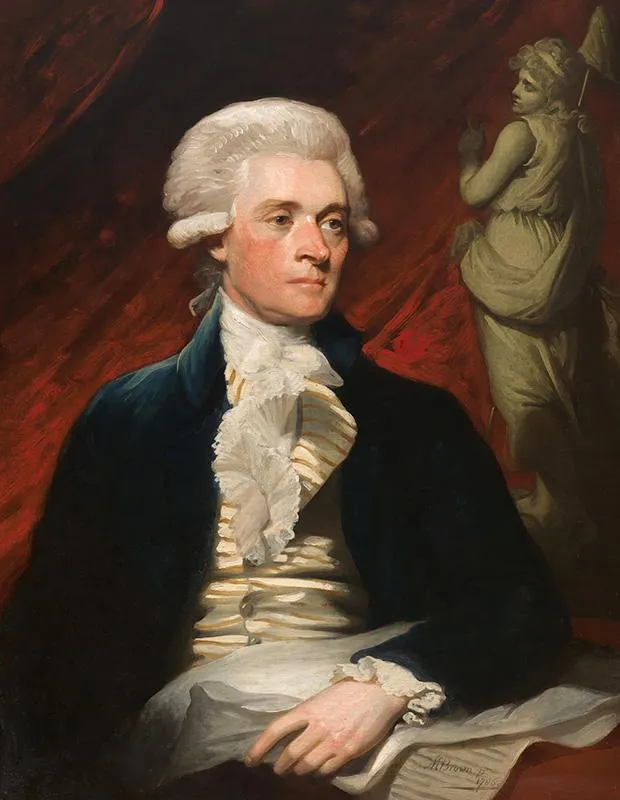
But there was a difficulty. In 1792, America was bordered to the west by the Mississippi River and to the south by Florida. Much of the rest of what became the United States, including Louisiana, was controlled by Spain. And while Spain was a relatively docile neighbor, Jefferson feared that sending American explorers onto its soil might provoke a war. A French naturalist, on the other hand, was a perfect solution.
Jefferson had good reason to trust Michaux. France’s King Louis XVI had personally appointed Michaux to be his royal botanist, with a blank check to travel the world. He had survived being robbed by Bedouins in the Middle East and nearly froze with his native guides during an expedition in the Canadian wilderness. Upon moving to the United States and purchasing a large plantation in South Carolina, where he collected specimens before shipping them to France, he also became something of an expert on American Indians. His knack for getting into places unreachable by others led him to make hundreds of discoveries, a catalog of New World plant and animal life that would fill libraries.
On receiving Barton’s message, Jefferson wrote back to ask how soon Michaux could start. “In consequence of your note,” Barton replied on January 4, 1793, “I have waited on Mr. Michaux [and learned] he will engage in his scheme as soon as you think proper.”
Jefferson acted quickly to secure the support of President George Washington, Alexander Hamilton and Henry Knox, as well as 14 U.S. senators and 14 U.S. representatives, among them James Madison. Jefferson also personally drew up a contract that called on Michaux to “take notice of the country you pass through, its general face, soil, rivers, mountains, its productions—animal, vegetable and mineral—so far as they may be new to us and may also be useful or very curious.”
Michaux, despite, or because of, his humble beginnings, cared deeply about his reputation, and he was eager to be accepted as an accomplished man of science. On April 30, 1793, he wrote Jefferson promising “to devote myself to this without reserve.”
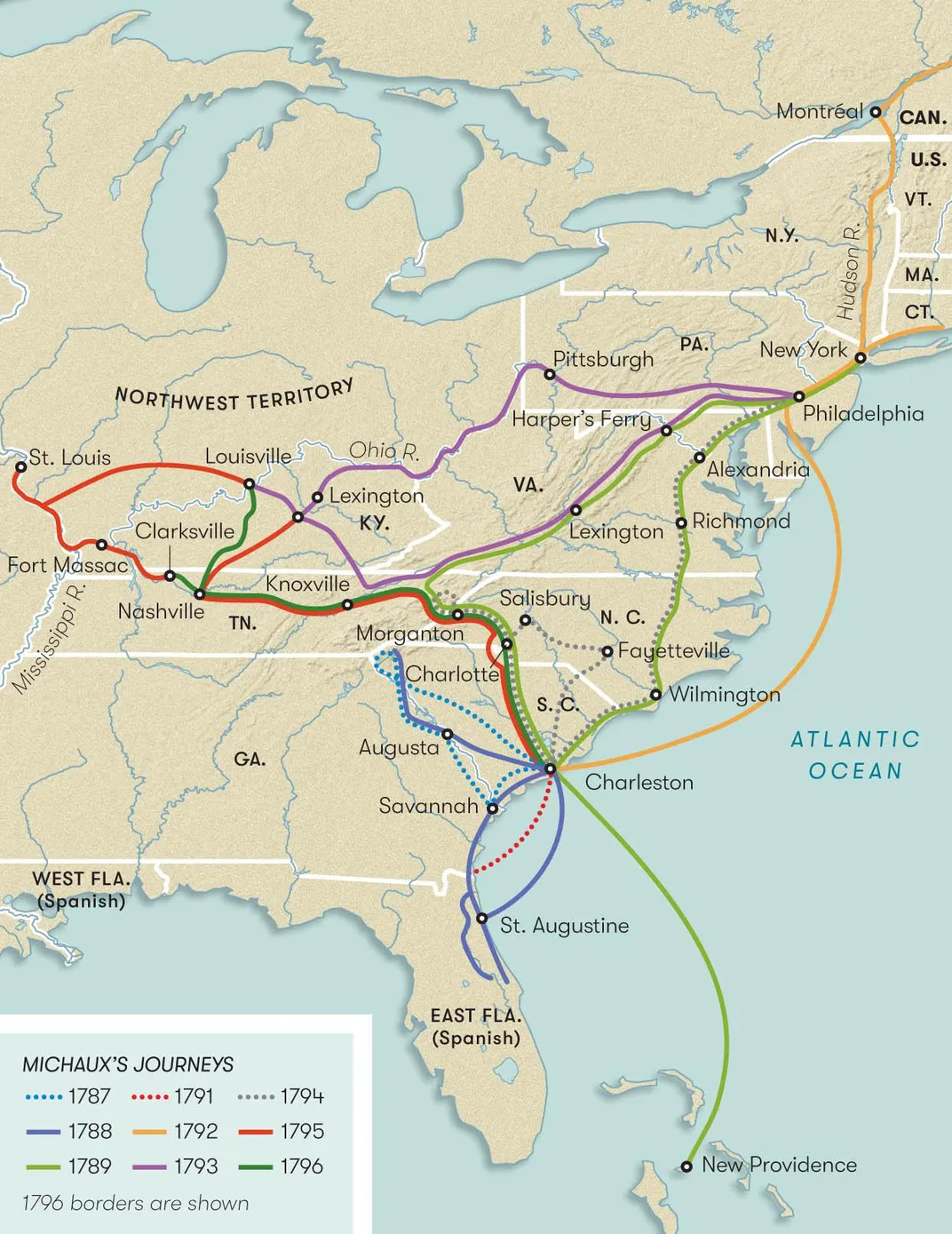
But even though Michaux was an unparalleled chronicler of nature in the young America, he never found broad recognition, in part because he didn’t lecture widely, unlike the American botanist William Bartram, his lifelong friend, or teach at prominent universities. Also, he published his scientific work in French and sent his collections to Europe. Today we aren’t even sure what he looked like. No portrait survives. From the appearance of his son, François, a distinguished botanist in his own right, we can guess that Michaux père had curly black hair, a severe nose and a dimpled chin—but that’s only a guess. Likewise, we have little insight into his personal feelings and opinions; his writing, like his ambition, was technical, not reflective.
Now a retired public librarian named Charlie Williams is trying to restore Michaux to the pantheon of great naturalists. In recent years, the 75-year-old Williams, who lives in Charlotte, North Carolina, founded an André Michaux International Society, convened academic symposiums to encourage scholarship about his life and work, and even wrote a one-act play about the explorer, which he’s been known to perform in period dress. Last year, he and two biologist colleagues, Eliane Norman and Walter Kingsley Taylor, reached a milestone when they published André Michaux in North America—the first English translation of nine volumes of journals and letters that Michaux wrote during his American sojourn between 1785 and 1796. The immense 608-page volume, two decades in the making, resurrects Michaux’s epic wanderlust.
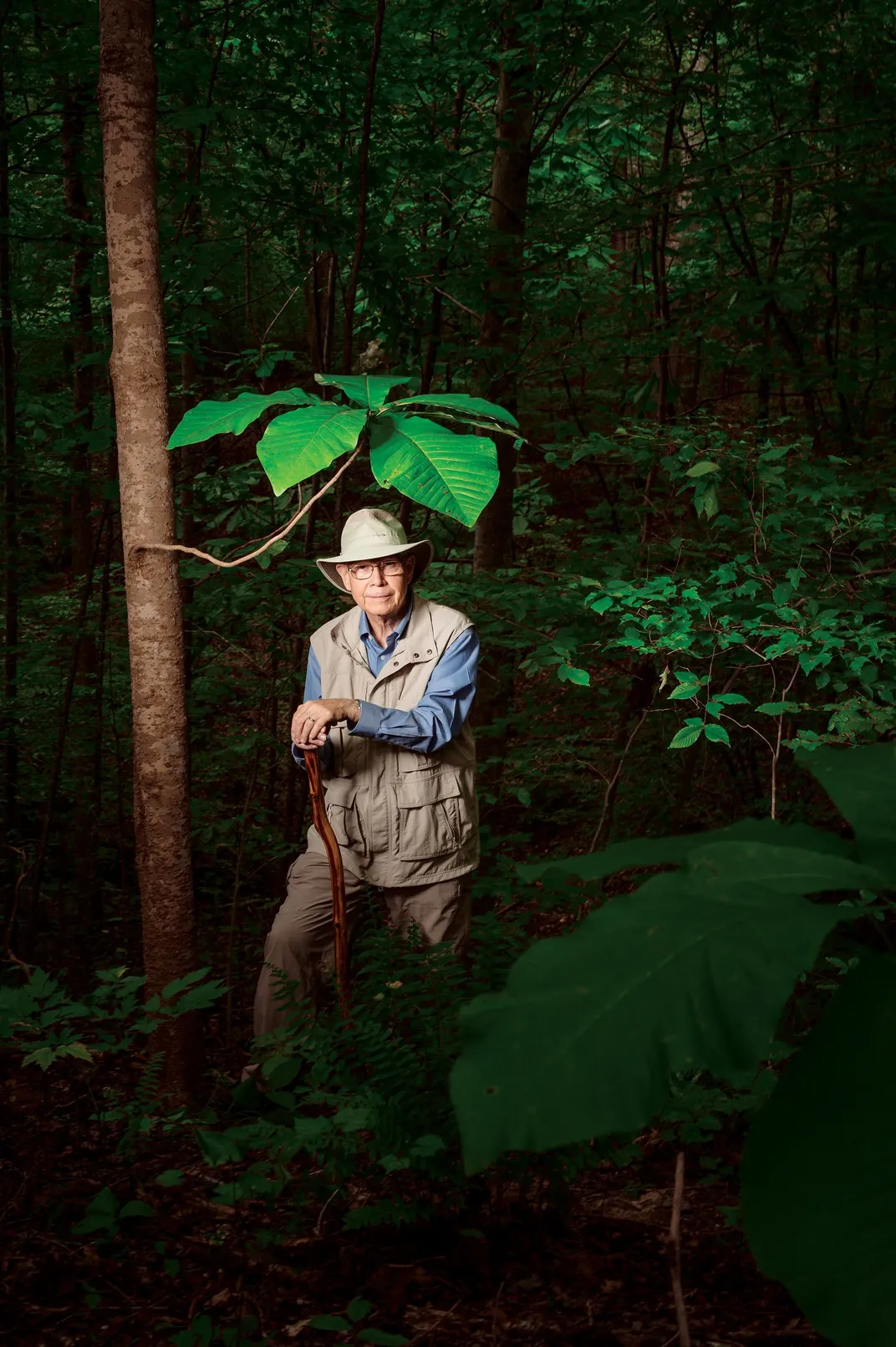
“He was the greatest explorer of his age,” Williams says. “But history just kind of forgot him.”
Why? The reason has to do with a mix of 18th-century patriotism and revolutionary fervor—and political naiveté. Michaux did embark on a spy mission in 1793, but it wasn’t the one he’d devised with Jefferson. And 230 years later, historians are still debating the role that Jefferson played in bringing it all to a disastrous head.
* * *
André Michaux was born on a 400-acre farm south of Versailles, where his father managed land belonging to the king. His childhood in the gardens around the palace was relatively privileged, and he learned the family’s trade in the expectation that he’d continue in it. But a succession of tragedies altered that plan. His father died when he was 17, and his mother three years later. Four years after that, his wife lost her life shortly after giving birth to their son, François.
A royal physician who knew the family thought Michaux needed a fresh start and introduced him to botany. Michaux instantly took to the subject and worked his way up, including a stint as an apprentice on an expedition to the mountains of Auvergne, in France, with Jean-Baptiste Lamarck, the giant of 18th-century naturalism.
In 1782, he joined a royal expedition to the Middle East that involved around 120 men and 180 camels. “In examining the multitude of plants with which the fields abound,” he wrote on a stopover in Aleppo, “I was transported beyond myself and compelled to pause and tranquilize my mind for some moments.” He stargazed for his bearings and marveled that people he met in Baghdad cooked in wood stoves using tamarisk, an evergreen shrub he’d never seen before. On his own, he faced multitudes of dangers. He was attacked by Bedouins, held for ransom, and forced to pay bribes; when he reached the port city of Bushehr, in what is today Iran, he was robbed of what little he had left. The English consul in that city was so astonished by his ordeal that he gave Michaux provisions to continue to the Indian Ocean even though England was then at war with France.
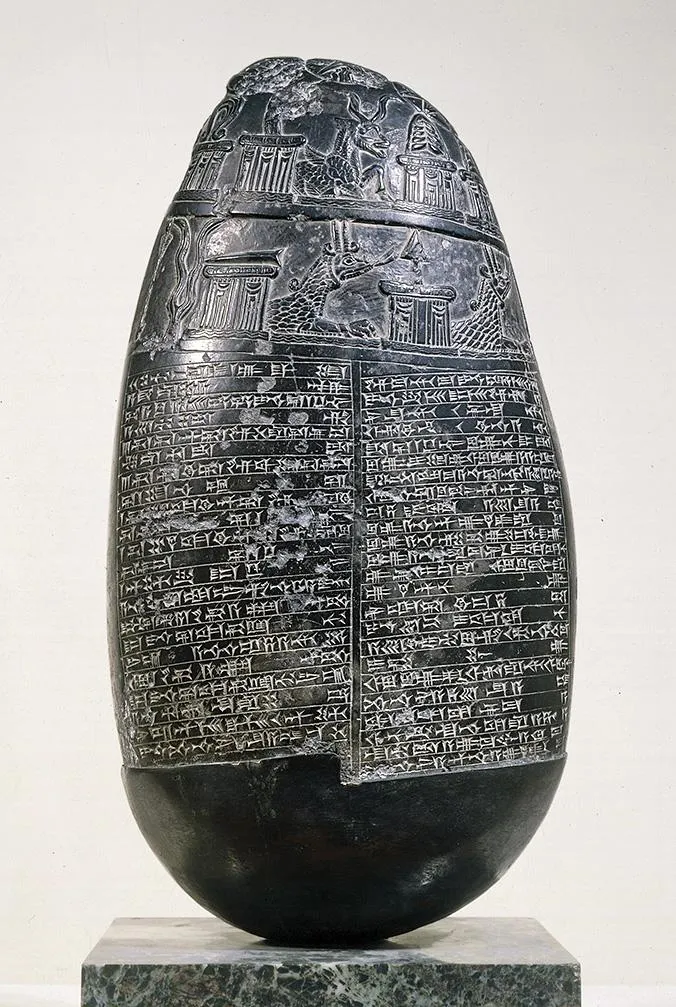
By the time Michaux returned to Paris, in 1785, his travels had become legendary. Louis XVI, eager to seed his sublime Château de Rambouillet with the flora of the New World, approached Michaux to serve as a royal botanist and told him to sail to America with dispatch. “I shall have nothing to fear so much as leaving discoveries to be made by those who shall come after me,” Michaux wrote as he set off with 15-year-old François.
Those were busy times. After a brief stay near Hoboken, New Jersey, father and son settled in Charleston, South Carolina, where the weather was optimal for harvesting plants and seeds, the native trees (and those naturalized from Asia) seemed assured to fare well in France, and there was easy access to the port to send shipments home. Michaux bought an 111-acre plantation and, exploiting the labor of two dozen enslaved workers, turned the place into his laboratory.
No sooner would he drop off the fruits of one adventure than he was off on another. After a jaunt through Georgia, he talked his way into Spanish Florida, marveling at how orange trees grew “with scarcely any care” and how the shoreline, covered with yellow Illicium, smelled of anise. On a trip down the Little Tennessee River, he stumbled on a mile-wide field covered by strawberry bushes whose roots he gathered for Rambouillet.
He followed the Keowee River into the Blue Ridge Mountains and found an Indian camp “where the head of the village received us courteously” and the man’s daughters served boiled deer meat and cornbread. After reaching Tuckaseegee Ford, 14 miles from Charlotte, he recounted passing the Lincoln and Burke courthouses, beyond which lay “a new Astragalus and a Menispermum with black fruits.”
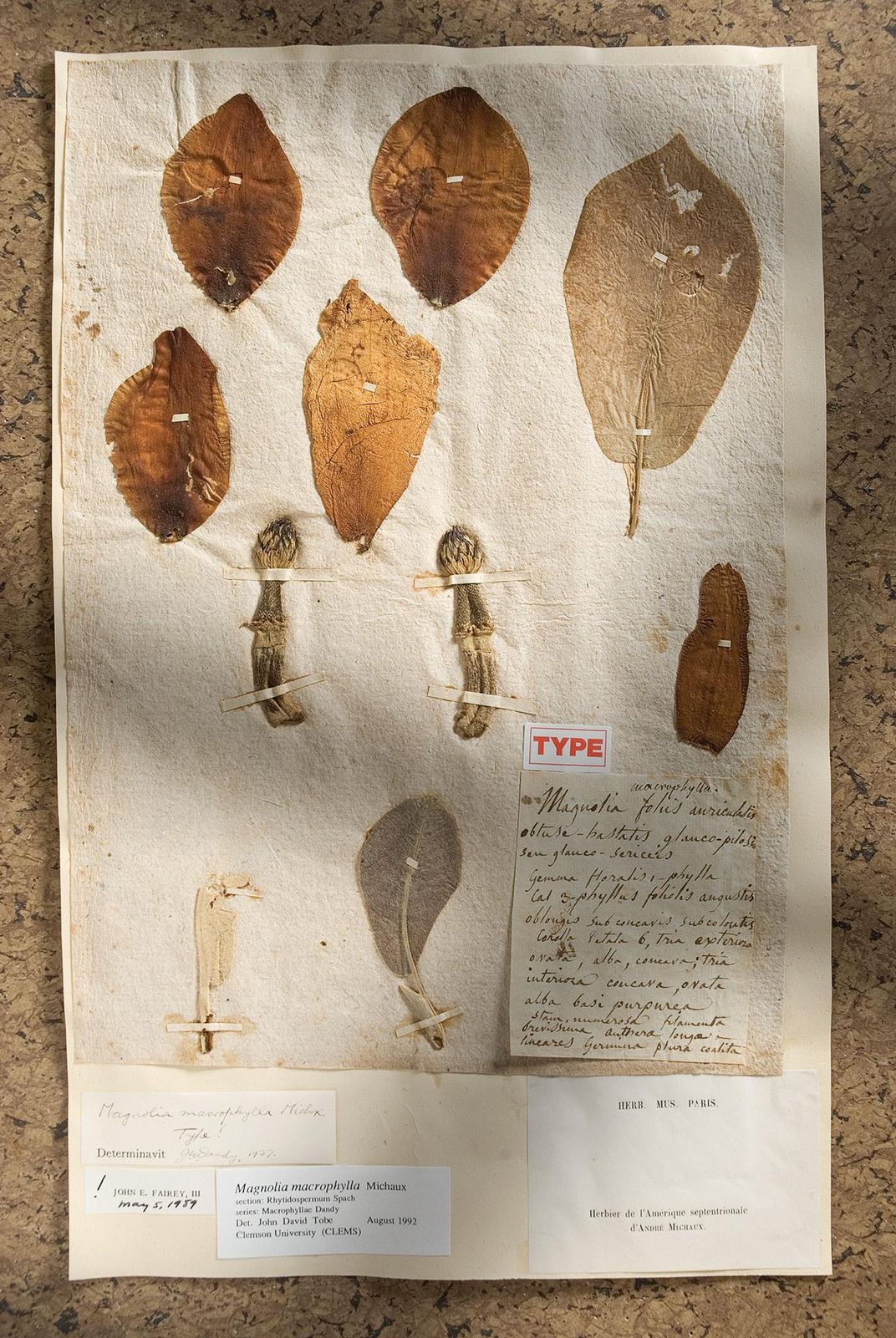
Michaux’s idyllic travels stood in stark contrast to the bloody revolutionary violence sweeping France. Riots broke out across the country, creating enough instability that the king fled Paris with his family, only to be captured and taken back to live under house arrest.
As the son of a farmer who had never owned his own land, Michaux was not unsympathetic to the aims of the revolution. As a younger man in France, in fact, he’d contributed funds toward a shipment of arms for the American Revolution, and his social circles in Philadelphia and Charleston comprised expatriate Frenchmen who were outspoken advocates for the new French Republic. At the same time, the cost of maintaining the Charleston plantation was considerable, and he was running out of money. Things were so dire that he was refused credit by a banker in New York.
In Paris, the king’s courtiers, including the aide overseeing Michaux’s mission, were fleeing the city. Michaux was now more isolated than ever, as Henry and Elizabeth Savage explain in André and François André Michaux, their 1986 joint biography of father and son. Then, in January 1793, the revolution’s executioners beheaded the king and made Michaux a man without a job or a country.
* * *
That spring, Europe was a tinderbox. The king’s execution united other monarchs against the French Republic, which was struggling with infighting and sliding toward civil war. France had declared war on Austria in the misguided hope that the population would revolt. After instituting a draft, the French expanded the conflict to Britain, which supported counterrevolutionary forces in the French provinces, and to Spain, which sent an army over the Pyrenees. By March, Portugal, the Kingdom of Naples and the Holy Roman Empire had joined the fray, creating what became known as the First Coalition against France.
In the United States, President Washington’s advisers were split over whether to take sides. Treasury Secretary Alexander Hamilton supported Britain, arguing that monarchy was a stabilizing force. Jefferson, on the other hand, wanted to play for time; France had supported America’s revolution, he reminded everyone, and deserved the benefit of the doubt.
All this instability created opportunities for anyone canny enough to cash in on it. And that included a former American Revolutionary War general who was living in Kentucky named George Rogers Clark. After a series of self-financed military endeavors left him deep in debt, Clark wrote to the French foreign ministry with a proposal to help further its ambitions: He would raise a private army of Native Americans and settlers to drive Spain out of the territories it controlled west of the Mississippi, thereby opening the Mississippi River and the Port of New Orleans to French and American commerce and the lands beyond to American settlement.
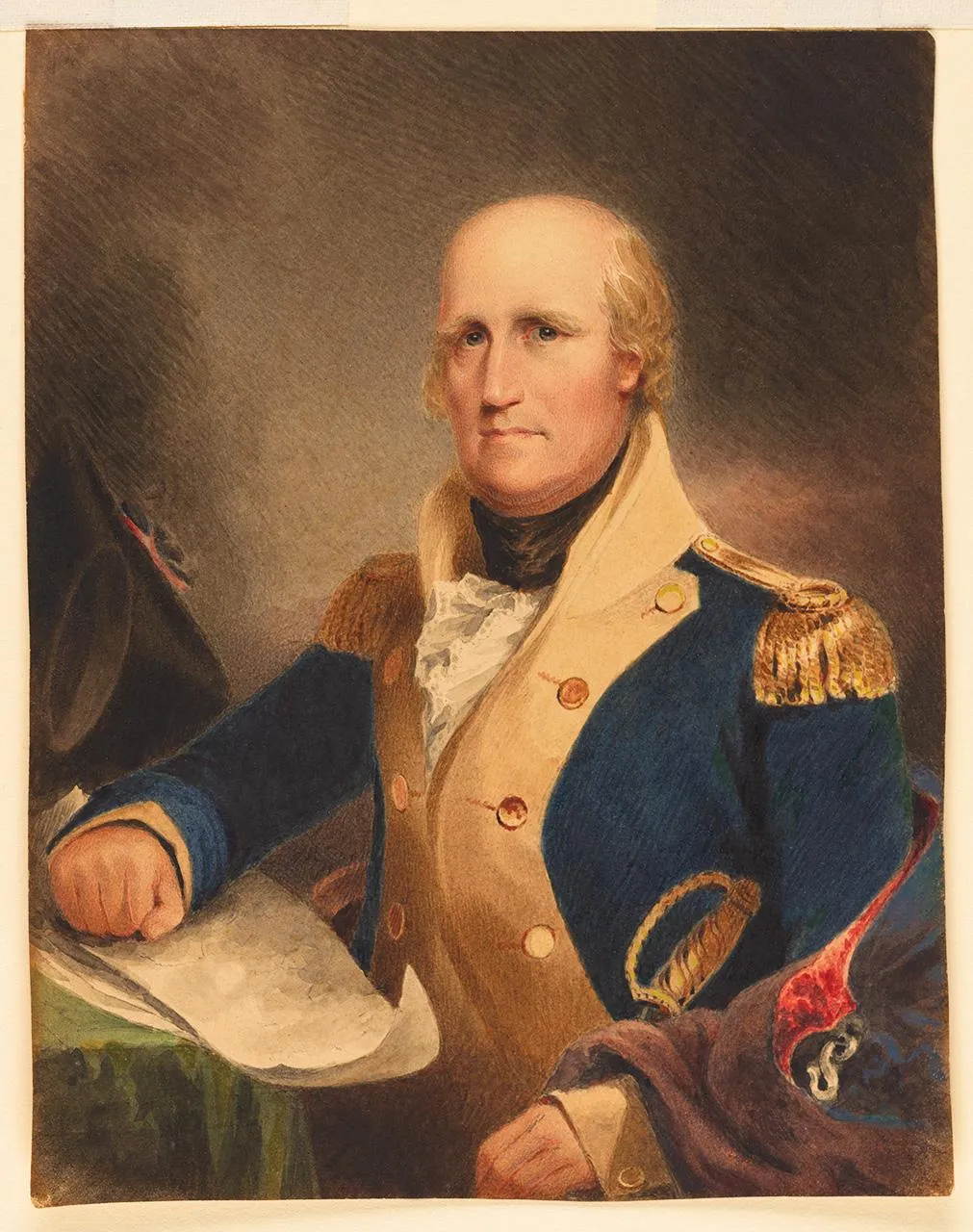
Remarkably, the idea found an audience in Paris. French officials had already concluded that Spain was overleveraged in Louisiana and therefore vulnerable. In fact, a young envoy named Edmond-Charles Genêt was crossing the Atlantic with orders to inflame the situation as much as possible.
The suave, red-haired Genêt arrived in Philadelphia in May 1793 to a rapturous reception. David Rittenhouse, president of the American Philosophical Society, director of the United States Mint, and a close ally of Jefferson’s, led a procession of citizens to the City Hotel to welcome “our first and best ally.” Michaux, who was one of the best-connected Frenchmen in America and was hoping to get funding from the French government, was among those who lined up to meet him. Genêt found him “estimable in all respects, enjoying here a great regard,” he wrote in a letter to France’s minister of foreign affairs. Even better, Genêt thought the botanist would be a perfect addition to Clark’s secret mission to raise an army against Spain, since he was “accustomed to travel in the hinterlands of America” and “his departure can be suspicious to no one.”
This was treacherous ground, not least because President Washington had resolved the split in his cabinet by announcing that the United States would stay neutral in the European conflict. Nonetheless, when Genêt told Michaux that the French Republic required his services as a liaison to the American general, Michaux made a decision that would echo through the centuries: he crossed Washington and went to work as a spy for his country instead.
Historians debate why Michaux, a driven naturalist, would forgo the promising scientific mission on behalf of the American Philosophical Society for one that carried so much risk. The answers range from prosaic (he may have seen the Genêt mission as a brief interlude, never thinking it would prevent him from reaching the Pacific) to the romantic (he’d been swept up in the spirit of the French Revolution). In his notes to André Michaux in North America, Williams points out that Michaux had been arguing with Jefferson over who would get credit for the discoveries Michaux would make during his expedition—a key concern for a man determined to win the respect of France’s scientific elite. The Kentucky mission may have seemed an attractive alternative. “Genêt now gave him the opportunity to be the first botanist to visit the area, while promising him both an annual government stipend and an even larger amount for expenses,” Williams writes.
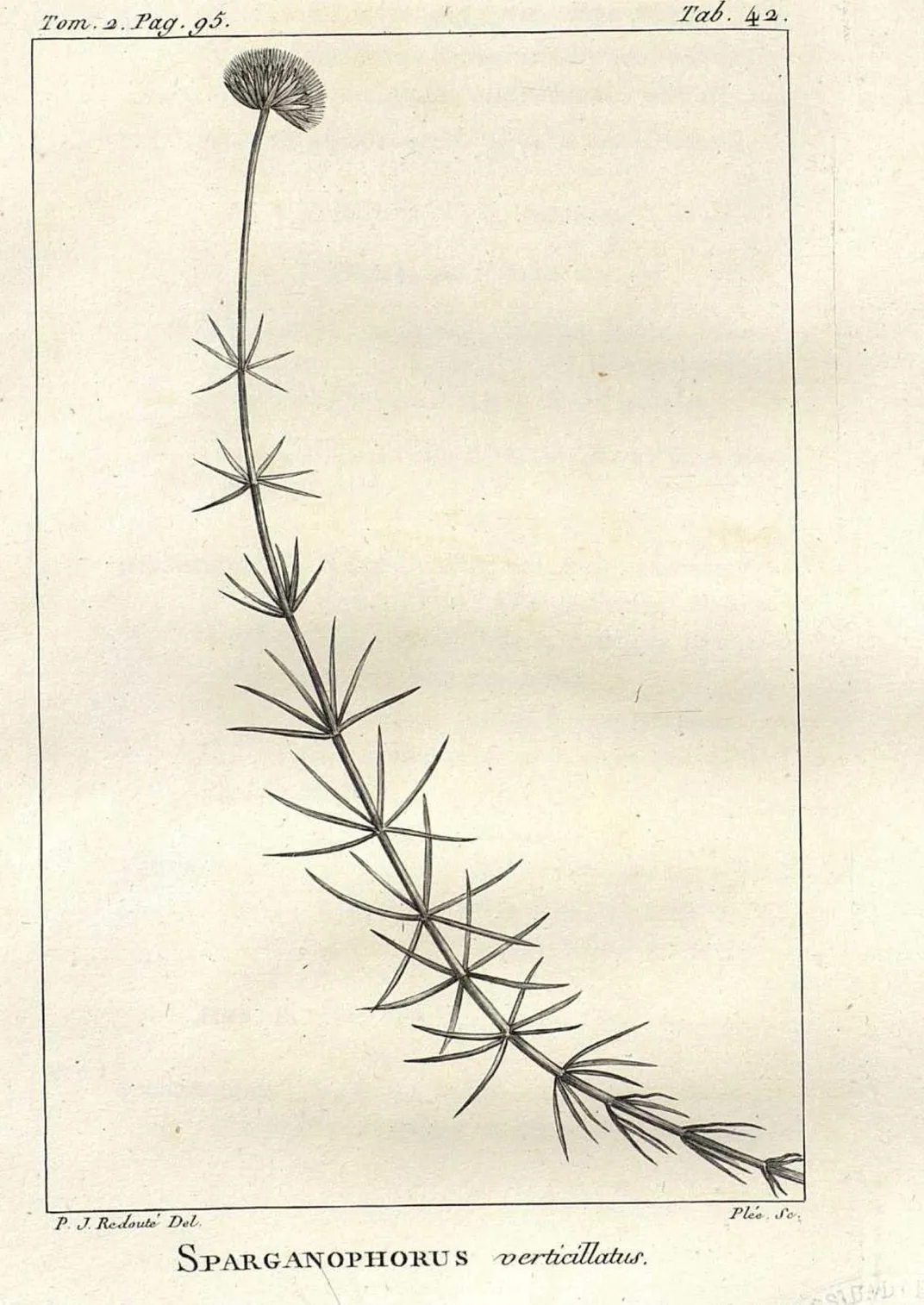
In Undaunted Courage, the 1996 best seller about the Lewis and Clark expedition, the author Stephen Ambrose added his own twist to the debate, by casting Michaux as little more than a scheming spy. Michaux had “scarcely reached Kentucky when Jefferson discovered he was a secret agent of the French Republic,” Ambrose wrote.
Ambrose’s reputation as a popular historian lent great legitimacy to that view. But Williams’ good-natured calm melts when I ask him about it. “Ambrose just missed the boat,” he says. “He got it wrong.”
In Williams’ view, it wasn’t Michaux who was duplicitous and scheming but Jefferson himself. Williams’ interpretation is based on his study of fast-moving events that began in early July 1793, when Genêt challenged Washington’s neutrality by converting a merchant ship into an armed privateer that would launch attacks from American ports.
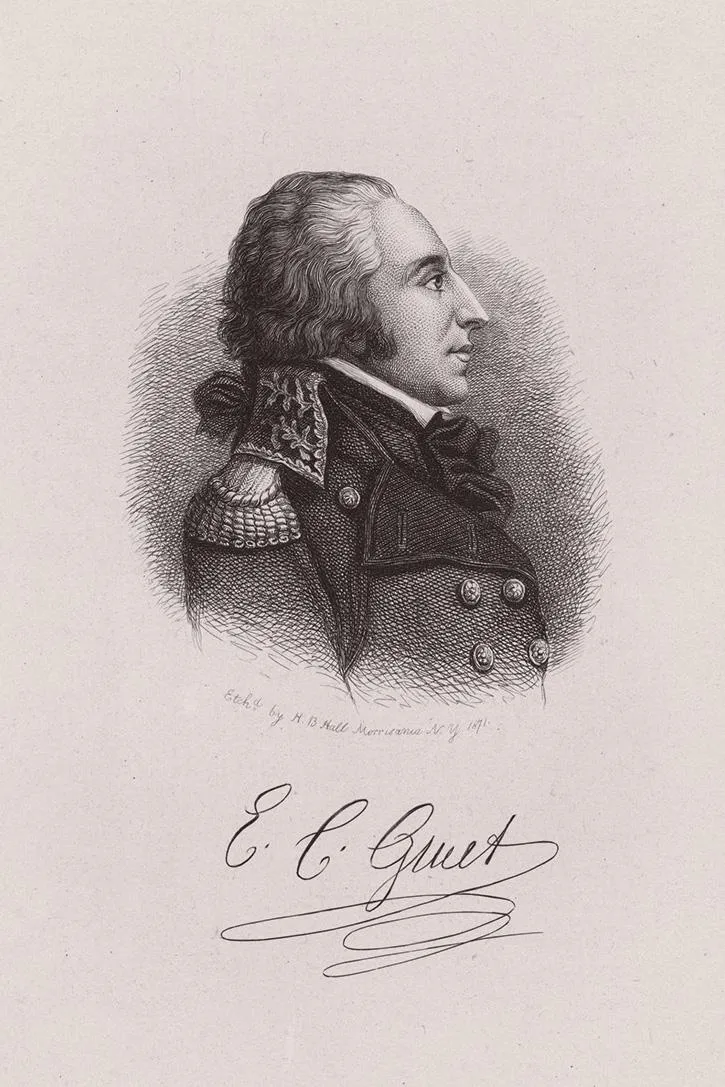
With tensions high, Jefferson met with Genêt in Philadelphia to try to calm the waters. The men sat face to face, and Jefferson listened as Genêt laid out his plans—including his instructions to Michaux to help raise a mercenary army. Jefferson grasped the implications immediately. As he later wrote in a memo, “I told [Genêt] that enticing officers and soldiers to go against Spain was really putting a halter about their necks, for that they would assuredly be hung if they commenced hostilities against a nation at peace with the United States.”
It’s what Jefferson did next, though, that suggests a dual agenda. In a letter to James Madison dated July 7, Jefferson called Genêt’s appointment as envoy “calamitous” and complained he’d been “disrespectful and even indecent” toward President Washington. Privately, however, Jefferson agreed to assist Genêt: He wrote a letter to the American governor of Kentucky to ensure that Michaux, whom he called “a man of science and merit,” would have no trouble arranging a meeting with General Clark.
Why would Jefferson publicly defend Washington and discredit Genêt, only to help the French envoy behind the scenes? That Jefferson could be a calculating, wily politician is hardly a novel idea, and some scholars have suggested that he was conducting what amounted to a shadow foreign policy, by trying to dislodge Spain from its American territories because he believed the United States would have more influence over a French neighbor. (If true, his maneuvering proved prophetic after Napoleon acquired Louisiana from Spain in 1800, setting up the Louisiana Purchase.) But nobody has gone as far as Williams in accusing Jefferson of using Michaux as a pawn for his own political ends.
Alan Taylor, the Thomas Jefferson Foundation professor of history at the University of Virginia, supports the idea that Jefferson was likely working several angles at once. “It was an age when science, geopolitics and espionage intertwined, as they probably still do,” Taylor told me in an email. “Given Jefferson’s talent for intrigue and deception, I would not be surprised if he knew more about Michaux’s filibustering expedition than he let on.”
On July 16, 1793, Michaux left Philadelphia with two French guards. It took them six weeks of slow-going to reach Kentucky. He visited people he’d been directed to meet by the French consul, and he made numerous side excursions to maintain his cover as a botanist. Whatever he was, he wasn’t in a hurry.
In the meantime, Genêt was rapidly wearing out his welcome with the American government. At a reception at Washington’s home in Philadelphia, Genêt badgered his way into a private audience with the president, which he used to insist that France would prevail in Europe and “sue for peace on terms that France herself would dictate . . . and she would not forget the United States.” Washington, who heard this as a threat, responded icily, by saying that he considered what the French said about him to be “of very slight importance.”
Even Jefferson soon had enough of the quarrelsome envoy. When Washington convened a cabinet meeting to decide whether to revoke Genêt’s credentials, Jefferson wrote that only “a determined system of moderation” kept him from siding with hard-liners such as Hamilton who wanted Genêt expelled right away. For his part, Hamilton published an essay in Philadelphia’s newspapers revealing that Genêt had threatened to bypass diplomatic channels and use the media to rally the American public against Washington’s neutrality. By the time Michaux presented Jefferson’s recommendation letter to Kentucky’s governor, the pro-French feeling that had been widespread in the United States was evaporating.
Meanwhile, stories about the secret French plot to raise an army against Spain were spreading. Two Spanish officials wrote Jefferson to let him know that they’d learned that France was planning an “expedition projected against Louisiana,” and Spain started reinforcing its gunboats along the Mississippi.
Yet when Michaux finally reached Clark on September 17, 1793, he was stunned to discover that the general had no idea how far his idea had gone. Michaux wrote in his journal, “I gave him the letters of the minister [Genêt] and told him the object of my mission. He answered that the enterprise in question was dear to his heart, but since he had written so long ago about it without any answer, he thought the project had been abandoned.”
One might think Michaux’s diaries would be filled with anger at having put so much misplaced faith in Clark. But the new translations show that one would be wrong. To wit:
Sunday, September 22: I arrived in Danville at 5 o’clock in the evening. I wrote to Minister Genêt on that day and sent it by Philadelphia post.
September 23: I rested.
It wasn’t until October that Clark finally agreed to start raising the army for France, and by then it was too late. Winter was dawning, which meant any “surprise” attack would have to wait until spring.
More importantly, the political ground had shifted. President Washington directed Jefferson to send the French government a bill of particulars against Genêt. The French, eager to resolve the crisis, responded by dispatching a replacement, and Genêt’s operations were all canceled. The Spanish governor of Louisiana, now aware of the details, swore out an arrest warrant for Michaux in case he tried to slip into Spanish territory again.
His cover blown, his arrangement with the American Philosophical Society in tatters, and once again without a benefactor, Michaux returned to South Carolina.
* * *
Never content to rest for long, Michaux embarked on an expedition through the Blue Ridges, where he filled his notebooks with observations that have become a kind of ur-text for Appalachian environmentalists. In August 1794, he became the first explorer to reach the summit of North Carolina’s Grandfather Mountain, one of the highest peaks of the range’s eastern edge. At the top, he launched into “La Marseillaise,” the new French national anthem, and shouted “Long life to America and the French Republic, long life to liberty!”
Today, you can get T-shirts and 50-cent shot glasses at the gift shop at the summit, but you can’t find a single mention of Michaux. Yet his work lives in the plants named after him: Michaux’s sumac; the fern Pleopeltis michauxiana; a wildflower called Michaux’s saxifrage. There are also the many plants he described, such as the tulip tree with a 24-foot circumference and speckled wood-lilies with “softly hairy flowers in umbels” that he found near the base of Black Mountain.
In 1795, Michaux used the last of his personal savings to finance a yearlong expedition to the American interior that took him to Tennessee, Kentucky, Indiana and Illinois, where he learned that France and Spain had reached a truce. Elated, he tried to find guides to help him resume his delayed journey to the Pacific. But by then, he was broke.
In August 1796, he sailed back to Paris, to be reunited with François, who’d returned a few years earlier to raise money. According to his biographer, J.P.F. Deleuze, he was warmly received at the National Museum by “men of science and learning.”
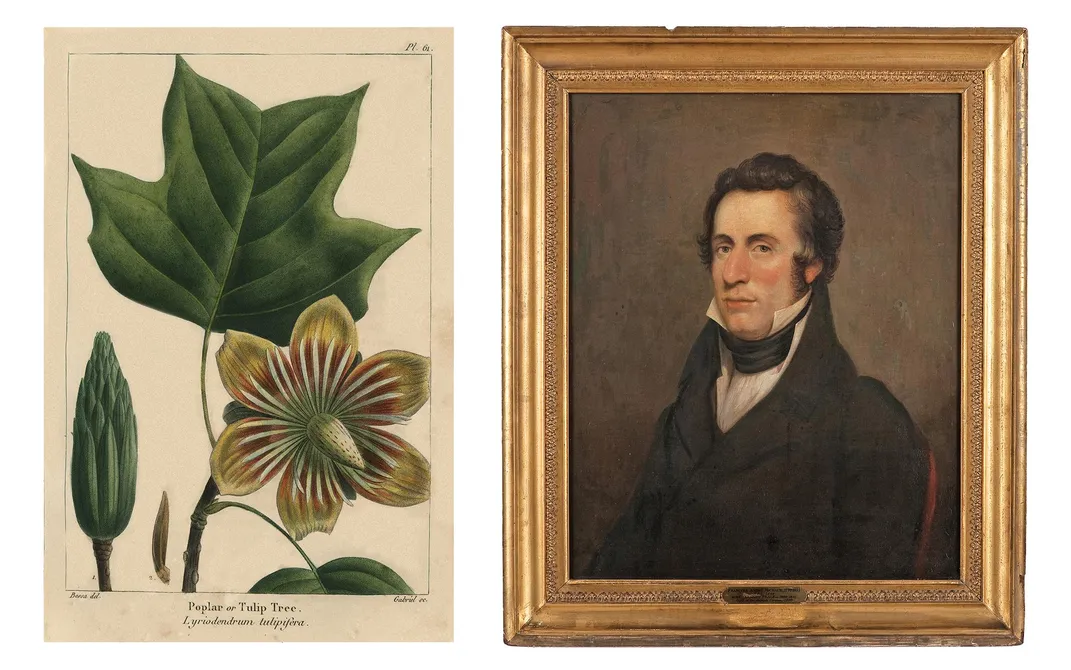
The rest of his life, alas, was riddled by disappointment. Michaux was devastated to learn that most of the 60,000 plants and 90 cases of seeds that he’d sent home over the years had been crushed by the revolution—in many cases literally, as specimens had been planted at royal estates and private gardens that didn’t survive the chaos. Michaux spent the next few years at his home in Paris, isolated as he worked on his illustrated opus, The Oaks of North America.
It wasn’t until 1800, at the age of 54, that he was given a chance to go back into the field as a senior botanist on a research vessel called The Naturaliste, which was financed by Napoleon to sail to Australia. During a stopover on the island of Mauritius, in the Indian Ocean, Michaux glimpsed contentment, Deleuze wrote. He passed his days sleeping under trees in the forest and enjoying the hospitality of a wealthy colonist. When the itch to explore struck again six months later, in June 1802, Michaux sailed 500 miles to Madagascar, whose isolation promised plant life not seen anywhere else in the world. He arrived in late summer and set up shop in Tamatave (now Toamasina), a hilly port city. Working long days, he cleared bush and turned over dirt to establish a new garden that he planned to use as a hub to ferry his discoveries to Mauritius and then to Paris, where François continued to promote his work. The boxes of specimens and papers never made the journey to France.
In October 1802, the 11th year of the French Republic, Michaux contracted a fever and died.
* * *
I asked Williams if he thought Michaux ever got over the way his life was altered by what’s become known as the Genêt affair. “I don’t think he ever regretted being a patriot,” Williams said. “But his dream was always to feel the Pacific lap at his feet.” He had wanted it so much, in fact, that in 1800 he obtained Dutch passports so he could sail to the Pacific via the Dutch East Indies, hoping to find a route to St. Louis from there.
In 1804, William Clark—General Clark’s younger brother—joined Meriwether Lewis on the expedition that realized Michaux’s dream. Lewis and Clark kept scrupulously detailed journals, too, but they were written in English, and they captured a nation’s imagination by summoning the rugged exceptionalism of the new America—Jefferson’s “Empire of Liberty.”
Performing his one-man play about Michaux, Williams emphasizes the man’s qualities, not his failure. He asks audience members to close their eyes and imagine Michaux as “bold when boldness was required, careful when it was necessary, and no fool.”
/https://tf-cmsv2-smithsonianmag-media.s3.amazonaws.com/filer/ef/db/efdb3804-1b74-41f1-8471-c48576b5d71b/mobile_opener_-_x-lucilleclerc.jpg)
/https://tf-cmsv2-smithsonianmag-media.s3.amazonaws.com/filer/7d/81/7d813533-2eb1-4331-817c-128a3689a4bc/opener-1.jpg)